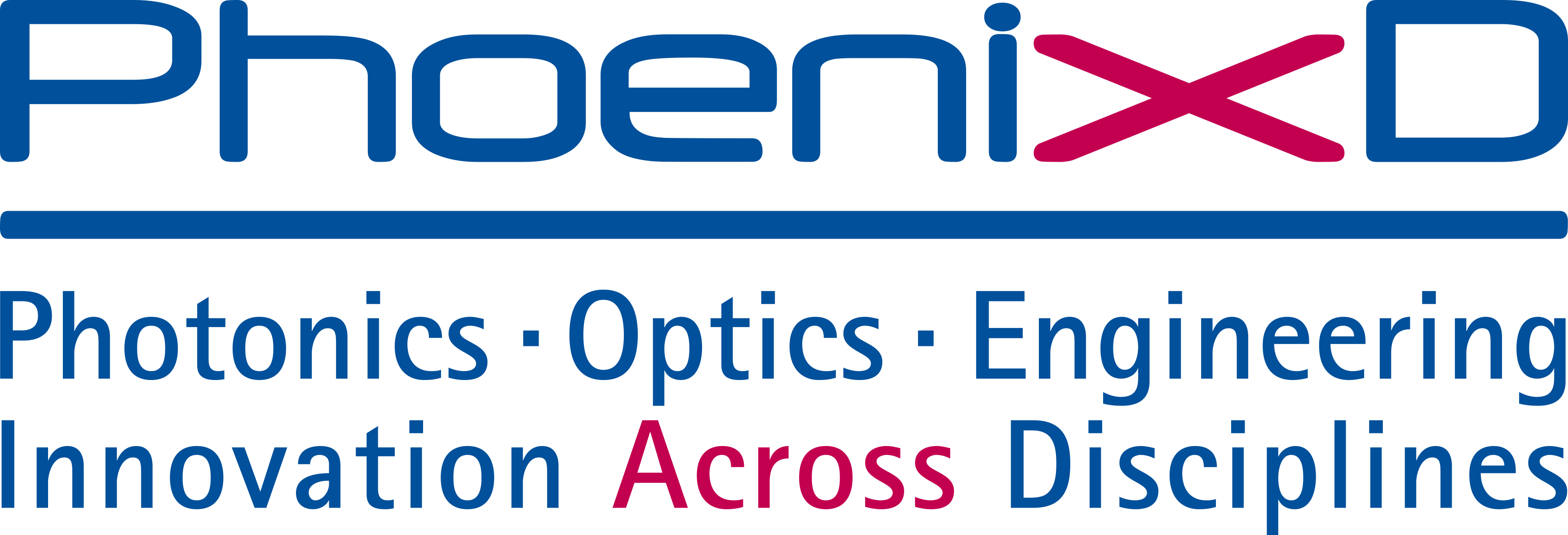Anapole Plasmonic Meta-Atoms for Nearly Transparent Metamaterials
- verfasst von
- Emadeldeen Hassan, Andrey B. Evlyukhin, Antonio Calà Lesina
- Abstract
Anapole states are fascinating for providing the seemingly contradictory properties of near-field enhancement and negligible scattering. These states are desirable to reduce the cross-coupling between meta-atoms in metamaterials. In dielectrics, anapoles are obtainable in simple but relatively large nanostructures. In metals, they are reported in composite designs that may not be appropriate as metamaterials' building blocks. Here, whether the anapole effect is obtainable in single and compact plasmonic nanostructures is investigated. Planar designs of plasmonic meta-atoms are presented and the anapole formation is explained using various multipole decomposition techniques. Due to the small nanostructure sizes compared to the wavelength, the toroidal dipole is small and does not play a principal role in the anapole formation. Therefore, the anapole can be qualitatively explained via destructive interference between quasi-static electric dipoles associated with complementary subvolumes of the nanostructure. The anapole meta-atom concept is tested by numerically demonstrating nearly transparent metasurfaces and metamaterials with high densities of near-field hot-spots. Moreover, strategies are discussed to tune the anapole state via polarization rotation, modification of the hosting domain, or re-design of the meta-atoms. Anapole plasmonic meta-atoms can enable metamaterials with combined local field concentration and controllable transparency for applications in nonlinear and tunable nanophotonics.
- Organisationseinheit(en)
-
PhoenixD: Simulation, Fabrikation und Anwendung optischer Systeme
Institut für Quantenoptik
Institut für Transport- und Automatisierungstechnik
Hannoversches Zentrum für Optische Technologien (HOT)
- Externe Organisation(en)
-
Universität Umeå
- Typ
- Artikel
- Journal
- Laser and Photonics Reviews
- Band
- 19
- Anzahl der Seiten
- 16
- ISSN
- 1863-8880
- Publikationsdatum
- 04.03.2025
- Publikationsstatus
- Veröffentlicht
- Peer-reviewed
- Ja
- ASJC Scopus Sachgebiete
- Elektronische, optische und magnetische Materialien, Atom- und Molekularphysik sowie Optik, Physik der kondensierten Materie
- Elektronische Version(en)
-
https://doi.org/10.1002/lpor.202400118 (Zugang:
Offen)


